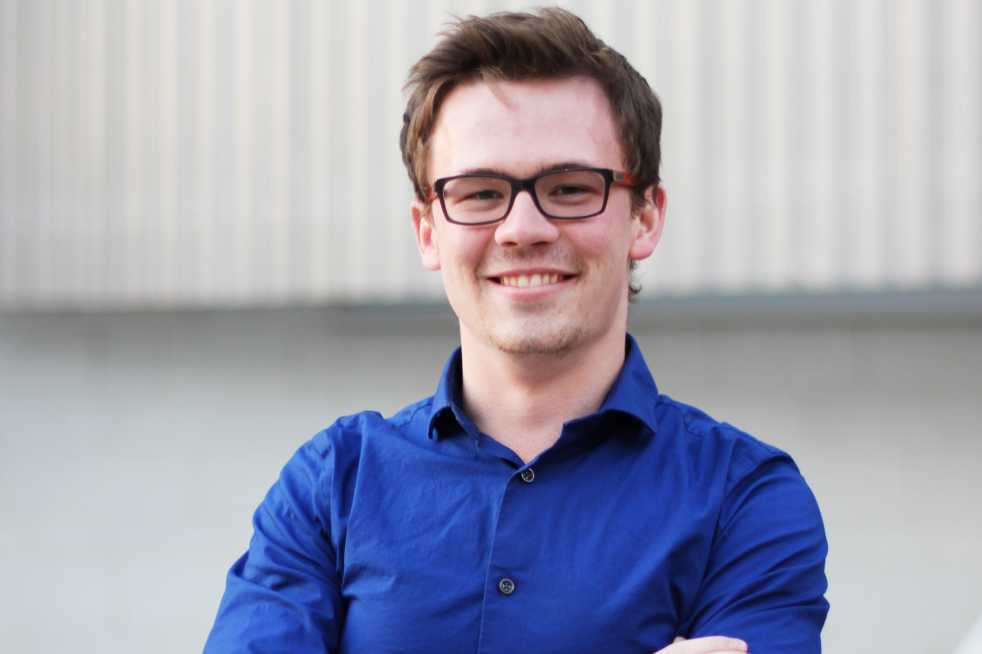Atlanta continues to be a fascinating city of juxtapositions for me. Aside from the weather (I’ve never lived in a place where the city shuts down for ice and I’m in a t-shirt five days later), I see Atlanta as a perfect case study for remarkable inequality made all the more stark against a less-than-favorable historic background. Though “we” Atlantans often consider ourselves to be “post-race” and egalitarian, our city exists along extreme social, racial and economic divides that seems to indicate otherwise.
Two very timely development projects inside the perimeter serve to highlight these divides: the expansion of Piedmont Park and the construction of a new Falcons Stadium.
The former project has already progressed to the point of opening new facilities and will eventually add about 41 acres to the already expansive park. New facilities include a beautiful new state-of-the-art public pool, 30,000 square feet of outdoor plazas, patios and picnic pavilions, a dog park, renovated green space and even a bocce ball court, all open for public use, according to the Piedmont Park Conservancy’s (PPC) website. To date, the PPC has invested more than $40 million in the project.
The latter project, as most of Atlanta is aware, will build a new, retractable-roof stadium just south of the current Georgia Dome to the tune of more than $1 billion. This new stadium would ensure the continued presence of the Falcons in Atlanta and work to hold onto current major events hosted at the dome, according to the Falcon’s site, newstadium.atlantafalcons.com.
The important aspect of each project, however, is the population each project impacts and how it does so.
Foremost, each project is located in drastically different socioeconomic areas. Based on 2010 census data, the area around Piedmont Park is predominantly white with median household incomes of $82,000 per year or more (the Georgia median is roughly $57,000). It caters to those lawyers, doctors and businesspeople who flocked to that region of the city for reasons varying from the real estate to the quality of Atlanta Public Schools (APS) in the Morningside area (they’re significantly above the average for APS, if you’re wondering). Furthermore, the park actually serves those living near it. The spaces are open for public use and, on any given weekend, you can see families milling around the playgrounds, joggers running with their dogs and park-goers relaxing on the grassy hillsides. Barring the times just before, during and after large events in the Dome, none of this community activity is prevalent around the site of the new stadium.
In stark contrast, the area around the site of the new stadium is predominantly black with median incomes that top out at less than $40,000. Physical and symbolic damage to the surrounding community is guaranteed. Historic community sites, such as the Friendship Baptist Church, are to be demolished, and there is contention over current plans to re-route Martin Luther King, Jr. that would, “further disconnect and separate our Westside communities from downtown both physically and symbolically,” said Beverly Tatum, president of Spelman College. It is clear this project is not doing well to prevent abuses of the economically and socially disadvantaged communities of Atlanta, all at a cost of roughly 30 times more than the Piedmont Park project.
Am I saying we should not invest in either project? No. Both decidedly have their benefits on some scale (Piedmont at a neighborhood level, the Falcon’s stadium at a city level). I do challenge government officials, developers and planners, however, to help Atlanta shed its image of inequality and bridge the economic and social gaps we have created within our city limits.
